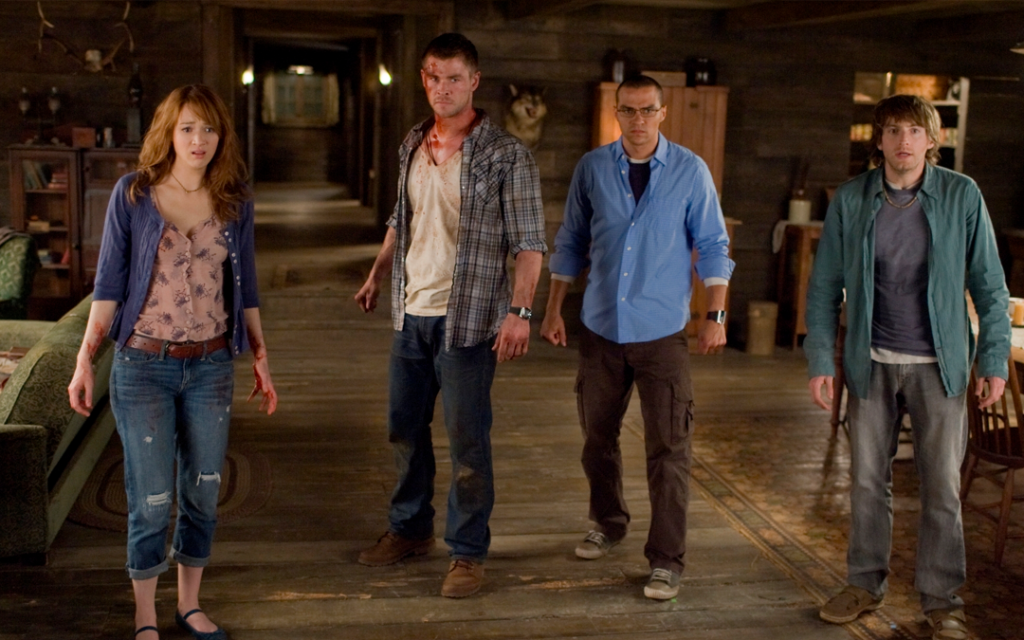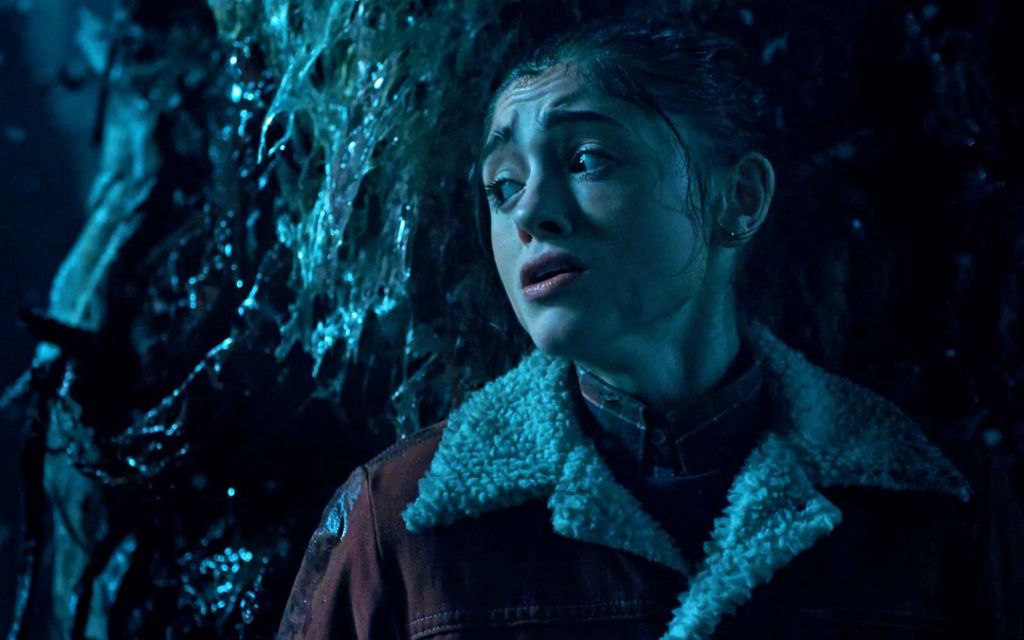STRANGER THINGS and "Barb": Creating Sub-Support Characters
October 26, 2017
(WARNING: Spoilers fall like leaves in here!)
Fall is a bittersweet season: The return of pumpkin-spice everything is accompanied by the return to school, days of crisp weather, and crisper apples grow shorter as the chill in the air grows stronger. This year, there’s another bittersweet event coming, the return of Stranger Things, sans Barb.
On paper, Barb should’ve been a basic sub-support role. She’s a supporting character’s best friend, the one who dies to demonstrate the danger facing more important characters. So how did this minor part become a pop-culture phenom with her own Vanity Fair article and Twitter hashtag?
For fans of the equally spoiler-rific Game of Thrones, seeing Barb at the center of Entertainment Weekly’s pop culture Bullseye for the year 2016 (beating out Lin-Manuel Miranda and Beyoncé for the honor) might have felt familiar. A similar, if smaller, ripple in culture was created a year before by the death of Karsi in “Hardhome.” Karsi hadn’t appeared before this episode and had made no appearance in the books, but her loss caused a wave of RIP posts on social media and is often ranked among the hardest character deaths in a series known for brutal endings.
What’s the recipe for creating a small role that explodes in the national consciousness? By examining what these two have in common, writers can learn how to make a powerful impact with a character in only a few scenes.
Rule one: They are BS-free zones. Barb and Karsi both exemplified what another popular supporting character—Albus Dumbledore—called the courage “to stand up to our friends.” Barb has no problem calling out Nancy when she pretends to be ignorant of why her boyfriend wants her to come over when his parents aren’t home. “You are not this stupid! … Is that a new bra?” When Jon Snow tries to talk up the advantages of going behind the Wall to the Wildlings in “Hardhome,” Karsi is the first to challenge him. “You built that wall to keep us out!” But when Jon makes a peace offering, Karsi’s also the first to acknowledge its potential value; “There are old stories about Dragon Glass.”
Whether they’re discussing something as serious as an existential threat or as teenage-serious as an existential crisis, stellar sub-support characters do not mince words. They’re straight shooters to friend and foe alike.
Rule two: They’re not won over easily. “Beat the White Walkers? Good luck with that. Run from them, maybe.” Karsi doesn’t even consider Jon Snow’s offer until she’s pressed him on the details, and even then she’s tough to convince: “Come with you where?” “If (what)?” “I lost my father, my uncle and two brothers fighting the damn crows!”
Barb wasn’t any more easily swayed by Nancy’s request that they not park on her new boyfriend’s street. “His house is three blocks away! Are you serious? This is so stupid. I’m just gonna drop you off.” It takes every bit of Nancy’s playing the Best Friend on a Big Night card to keep Barb nearby. “You can be like my guardian! Make sure I don’t get drunk and do anything stupid.” Only the thought of her friend needing protection convinces Barb to go along with the plan.
Rule three: Once won over, they’re loyal to the end. Specifically, their own. Despite begging Barb to stay, Nancy later tells her multiple times to leave, swearing she’s “fine,” when the chance for sex arises. But Barb, who didn’t want to be there in the first place, still feels compelled by loyalty to stay and be the guardian Nancy pleaded for. It’s while lingering by the pool, bored and abandoned by the friend she still won’t leave behind, that Barb meets her end at the hands (or tentacles, in this case) of the monster from the Upside Down.
In “Hardhome,” Karsi’s convinced by Tormund’s loyalty to Jon and her own loyalty to Tormund. This is what prompts her to put her children on a boat belonging to a long-standing enemy of her people and to stay and fight with that enemy when the army of the dead arrives.
The loyalty of breakout sub-supporting characters isn’t won easily—but when it’s won, it’s for life … and death. Barb is slaughtered by a nameless beast some called the Demogorgon. After some impressive fighting, Karsi’s killed when she faces a group of undead children, who she cannot bring herself to attack. In both cases, the characters fought hard to survive, but loyalty put them in a position where survival was almost impossible.
From these examples, we can see what makes some minor characters stand out: They don’t mince words or follow others blindly, but if there’s a monster to fight, they’re with us to the end ... and beyond, if Twitter has anything to say about it. #JusticeForBarb
Written by: Kathleen Cromie
Kathleen Cromie is a professional script analyst and playwright. Her plays have been produced in America, the UK, and France (in translation).



